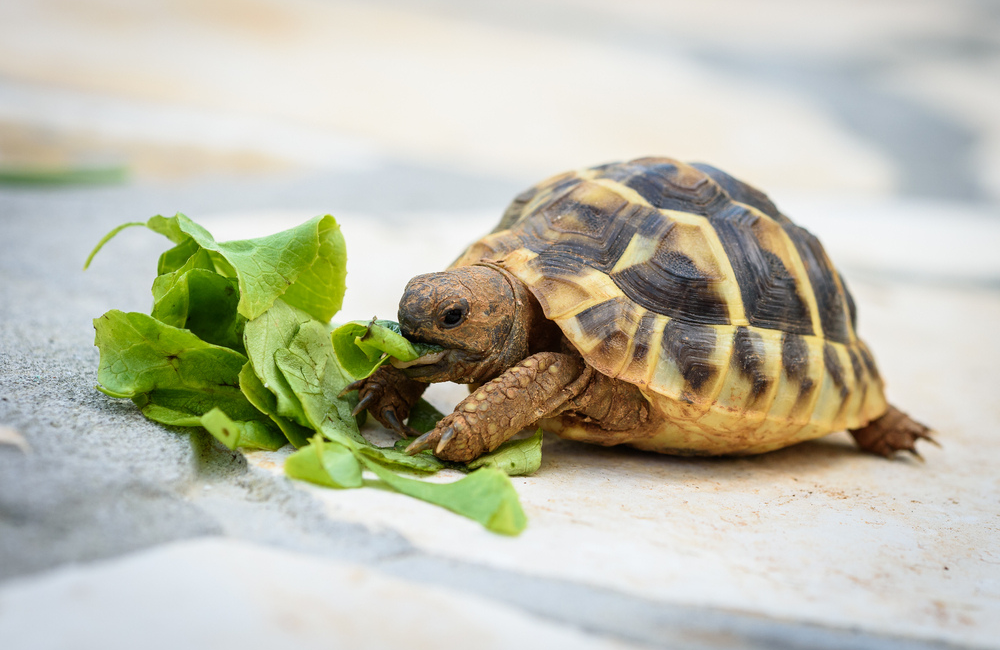Healthy Foods for Reptiles: A Comprehensive Guide

Feeding reptiles a balanced diet is crucial for their health, growth, and overall well-being. Different species of reptiles have specific dietary needs, ranging from carnivorous to herbivorous diets. Here’s a detailed guide on healthy foods for various types of reptiles to ensure they receive the necessary nutrients.
1. Leafy Greens and Vegetables (Herbivorous Reptiles)
Examples of Leafy Greens:
- Kale: Rich in calcium and vitamins A and C.
- Collard Greens: High in calcium and fiber, making them an excellent choice.
- Mustard Greens: Nutritious and palatable for many herbivorous reptiles.
- Dandelion Greens: Edible and nutritious, often favored by many reptiles.
Other Vegetables:
- Carrots: Offer in moderation; high in beta-carotene.
- Squash: Zucchini and butternut squash can be good options.
- Bell Peppers: Rich in vitamins A and C, add color and nutrition.
2. Fruits (For Certain Herbivorous Species)
Safe Fruits:
- Blueberries: Packed with antioxidants and low in sugar.
- Strawberries: A tasty treat high in vitamins.
- Mango: Rich in vitamins but should be given sparingly due to sugar content.
- Papaya: A great source of vitamins and digestive enzymes.
Caution: Fruits should only be offered in moderation due to their sugar content, especially for species like tortoises and iguanas.
3. Protein Sources (Carnivorous and Omnivorous Reptiles)
Live Food:
- Crickets: A staple for many insect-eating reptiles, high in protein.
- Mealworms: Nutritious and easy to digest, but should be offered as a treat.
- Dubia Roaches: High in protein and low in fat; a great alternative to crickets.
Other Protein Sources:
- Pinkie Mice: Commonly fed to snakes and larger reptiles.
- Boiled Eggs: A good source of protein, but offer in moderation.
- Fish: For aquatic reptiles like some turtles; ensure it’s a balanced fish diet without added preservatives.
4. Specialized Diets (For Specific Species)
Turtle Diets:
- Aquatic Turtles: Need a mix of commercial pellets, live foods (like feeder fish), and leafy greens.
- Land Turtles: Focus on high-fiber leafy greens, vegetables, and occasional fruits.
Iguanas:
- Primarily Herbivorous: Iguanas thrive on a diet consisting of leafy greens, vegetables, and occasional fruits. Commercial iguana diets can also supplement their nutrition.
Chameleons:
- Insectivorous: Feed a variety of insects like crickets, fruit flies, and mealworms, supplemented with occasional leafy greens.
5. Supplements
Calcium and Vitamin D3:
- Calcium Powder: Dust insects or greens with calcium powder to prevent metabolic bone disease, especially important for species with high calcium needs.
- Vitamin Supplements: Use vitamin powders occasionally to ensure reptiles receive essential vitamins, especially if they are not receiving natural sunlight or UVB lighting.
Feeding Tips for Reptiles
- Variety is Key: Offer a variety of foods to ensure a balanced diet and prevent boredom.
- Fresh Water: Always provide fresh, clean water, ensuring it’s easily accessible. Change daily to maintain hygiene.
- Avoid Toxic Foods: Certain foods can be harmful or toxic to reptiles. Research specific foods for your reptile species to avoid these.
- Monitor Portions: Overfeeding can lead to obesity, so adjust portion sizes according to the reptile’s age, size, and activity level.
Conclusion
Feeding reptiles a healthy and balanced diet is essential for their long-term health and happiness. By providing appropriate leafy greens, vegetables, protein sources, and occasional fruits, you can ensure your reptile receives the nutrition it needs. Always consult with a veterinarian or a reptile specialist for specific dietary recommendations based on your reptile’s species, age, and health needs.



